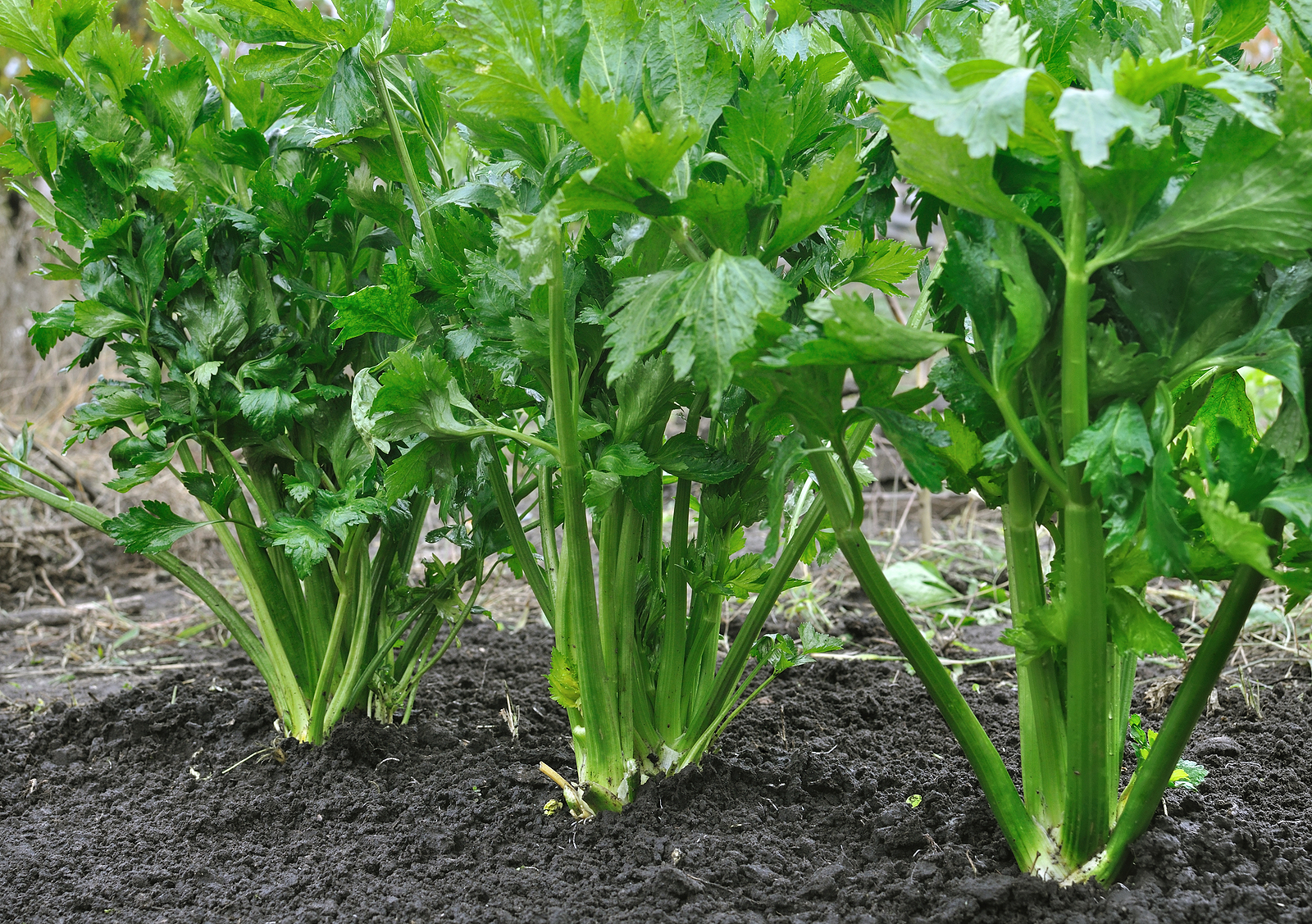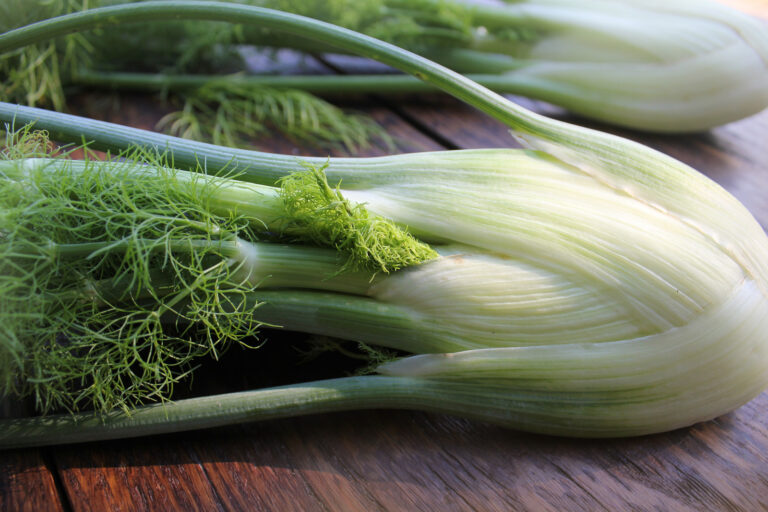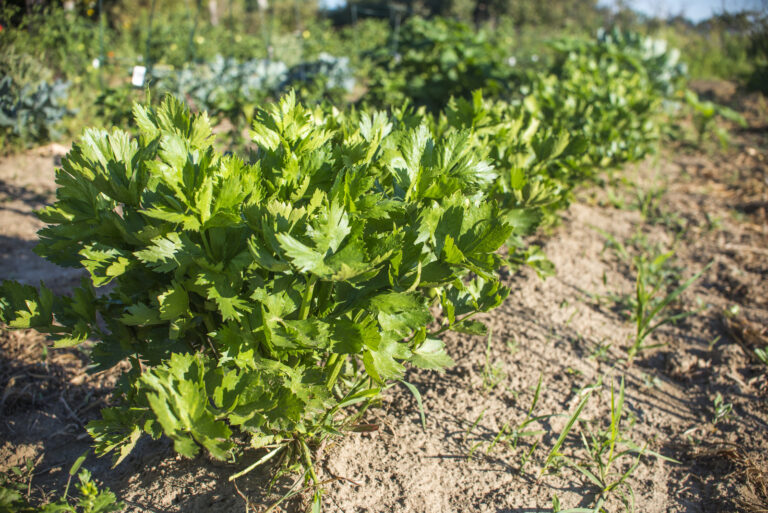Best Celery Varieties for Home Gardeners
After more than 30 years of growing celery in my raised beds, I’ve learned that variety selection makes all the difference. Some celery varieties thrive in cooler climates, while others handle heat better. Certain types are bred for thick, crunchy stalks, while others are more tender and ideal for soups. Choosing the right variety will give you the best chance for success in your home garden.
Why Variety Matters
Celery is a demanding crop—slow-growing, moisture-loving, and sensitive to temperature swings. The variety you choose influences:
- Flavor and texture (mild, sweet, or strong)
- Climate adaptability (cool vs. warm regions)
- Growth habit (compact vs. tall, blanching needs)
- Maturity time (short vs. long season)
Through trial and error, I’ve found that matching the right variety to my climate and kitchen needs ensures better yields and flavor.
Top Celery Varieties for Home Gardeners
1. Tall Utah
- Type: Heirloom
- Flavor: Crisp, classic celery taste
- Why I Recommend It: Very reliable, tall stalks, good for fresh eating and cooking.
2. Conquistador
- Type: Hybrid
- Flavor: Stronger, slightly more bitter than Tall Utah
- Why I Recommend It: Heat-tolerant, ideal for warm-summer gardens.
3. Golden Self-Blanching
- Type: Heirloom, self-blanching
- Flavor: Mild and tender
- Why I Recommend It: Doesn’t require blanching; good for gardeners seeking less maintenance.
4. Tango
- Type: Hybrid
- Flavor: Sweet, crunchy, with little stringiness
- Why I Recommend It: Early maturing; excellent for raw eating, especially in salads.
5. Monterey
- Type: Hybrid
- Flavor: Crisp with mild flavor
- Why I Recommend It: High yields and uniform stalks; performs well in different climates.
Comparison Chart: Best Celery Varieties
| Variety | Type | Flavor Profile | Climate Strength | Special Feature | Best Use |
|---|---|---|---|---|---|
| Tall Utah | Heirloom | Classic, crisp | Cool climates | Reliable, tall stalks | Fresh & cooking |
| Conquistador | Hybrid | Stronger, slightly bitter | Warm climates | Heat-tolerant | Cooking & soups |
| Golden Self-Blanching | Heirloom | Mild, tender | Moderate climates | Self-blanching (low maintenance) | Fresh & salads |
| Tango | Hybrid | Sweet, crunchy | Wide adaptability | Early maturity, less stringy | Raw & salads |
| Monterey | Hybrid | Mild, crisp | Variable climates | High yields, uniform stalks | Fresh & cooking |
Final Thoughts
If you’re new to celery, start with Tall Utah or Golden Self-Blanching—both forgiving and flavorful. For hot regions, Conquistador is your best bet. And if you love fresh, crunchy salads, Tango is my personal favorite.
Which Celery Variety Should You Grow?
| Your Garden Situation | Best Variety Choice | Why It’s a Good Fit |
|---|---|---|
| You want a classic, all-purpose celery | Tall Utah | Reliable, crisp stalks; great for both fresh eating and cooking. |
| You garden in a hot-summer climate | Conquistador | Heat-tolerant hybrid that holds up better in warm weather. |
| You prefer low-maintenance growing (no blanching) | Golden Self-Blanching | Naturally mild stalks without the need for blanching. |
| You want tender, sweet stalks for salads | Tango | Less stringy, early maturing, perfect for raw eating. |
| You want high yields and uniform crops | Monterey | Consistent, productive hybrid suitable for diverse climates. |
✅ Quick Takeaway: Match your variety to climate and kitchen use—it makes celery much easier and more rewarding to grow.
Celery Growing Hub
Start here: The Ultimate Celery Growing Guide: From Seed to Harvest
Celery Basics & Types
- Types of Celery Explained: Pascal, Leaf, and Celeriac Compared
- Best Celery Varieties for Home Gardeners
- Celery vs. Celeriac: Growing, Harvesting, and Cooking Differences
- What You Should Know About Celery Pollination
Planting & Site Prep
- When to Plant Celery by USDA Zone
- Celery Seed Starting Tips
- Direct Sowing Celery: Outdoor Seed Starting Guide
- Proper Celery Spacing and Planting Layout for Healthy Growth
- The Best Companion Plants for Celery and What to Avoid
- How to Grow Celery in Containers or Pots
Care & Maintenance
- How to Water Celery for Crisp, Tender Stalks
- Fertilizing Celery: Feeding Tips for Bigger, Tastier Stalks
- Celery Blanching Techniques: How to Get Tender, Mild Stalks
- Celery Care Throughout the Growing Season
Pests & Diseases
- Common Celery Pests and Diseases How to Control Them Naturally
- Celery Growing Problems: Troubleshooting
Harvest & Beyond



